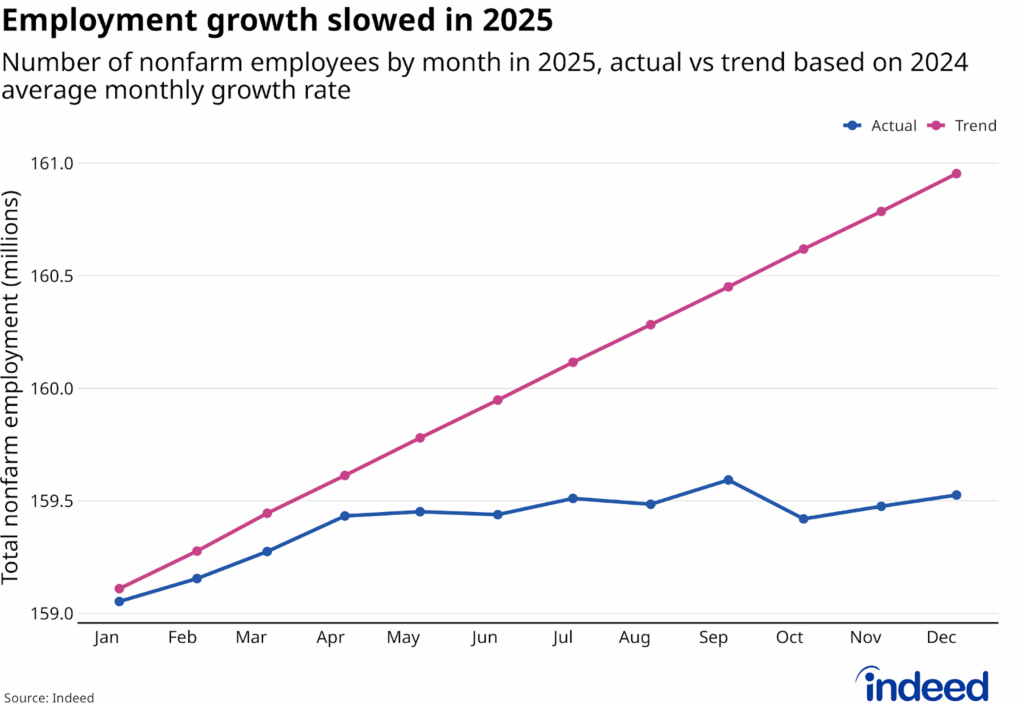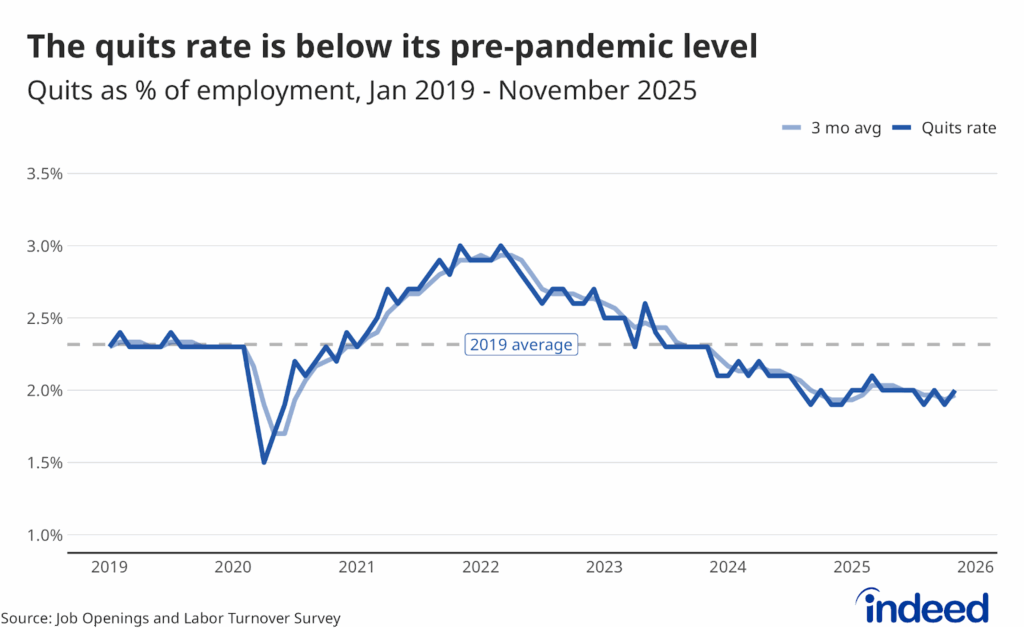It seems that almost every week there’s another article in the news about how tight the labor market is. With so many opportunities for job seekers, recruiting and hiring pose new challenges for employers. How is it possible to attract great candidates when the labor market is so tight?
Before getting to specific strategies, let’s take a closer look at the current context and what it reveals about the future. How tight is the job market really? Are the headlines giving us the full story? As we’ll see, the picture is more complex and uneven—even within a booming market. So what does this mean for hiring, both now and in the years to come?
The state of the job market: is it as tight as we hear?
The current unemployment rate is less than 4 percent, hovering near the lowest we’ve seen since the late 1960s. What’s more, there are now more job openings than unemployed job seekers—a huge shift from last decade’s recession, when there were more than six unemployed people per job opening.
The situation is not as simple as it seems, however, and the unemployment rate isn’t that low everywhere. The labor market is tighter in some parts of the country than others. The unemployment rate in February was less than 2% in Ames IA and Burlington VT, but more than 10% in parts of inland California. The hiring and recruiting experiences for employers depend on their locations.
But why is it that some places have higher unemployment, which potentially gives employers more leverage, while others have workers in the driver’s seat and employers really scrambling to find talent? Geography and history offer a partial explanation. Some former powerhouses struggle after their leading industries or natural advantages declined. In contrast, places blessed with a diversity of growing industries, highly educated populations, or desirable amenities attract people and jobs.
People fare unevenly in the labor market, too. Although joblessness has fallen dramatically across the board, the unemployment rate remains much higher for African-Americans and Hispanics than for Asians and Whites, and higher for people with less education.
In addition, the historically low unemployment rate isn’t the whole story. People who have given up looking for work are not counted as unemployed since they’re out of the labor force. Looking across all working-age adults—including those out of the labor force—the share with a job is much improved relative to the recession but still below its peak in 2000. So the labor market doesn’t look quite as tight when we count all the working-age adults as the unemployment rate suggests.
Four strategies for recruiting in a tight labor market
Though labor market conditions are more nuanced than the headlines suggest, employers still face a tight labor market. If you’re looking to hire, you already are—or will soon be—adjusting to this reality.
- Pay people more: It’s what you’d expect an economist to say, right? When employers want to hire scarce workers, they’ll need to bid up the price sooner or later—which means higher wages. This is already happening: for eight months now wage growth is at or above 3% for the first time since before the recession. So: if you can do it, pay workers more. But don’t stop there.
- Search more broadly: Cast a wider net, in many ways. In a tight labor market you might relax some requirements, such as a certain educational level or non-essential skills. You might look beyond the people you traditionally hire—such as hiring more women in typically male-dominated roles. Searching more broadly may also mean looking at different local markets, allowing people to work remotely, or being willing to relocate people.
- Invest in employee training: If you search more broadly, you might not get the perfect candidate that checks every box you hoped. So, a tight labor market means investing more to train current employees and future hires—even though you might be hesitant to invest more in training since in a tight labor market employees are more likely to quit.
- Invest in employee productivity: Finally, there’s another kind of investment that becomes more important in a tight labor market. If vacancies remain unfilled for much longer than anticipated, you might rearrange teams or rethink individual roles. You might also invest in technology to boost the productivity of the workers you have or to fill in for the workers you don’t.
You might need these tight-market strategies in the future
Economic growth is likely to slow from its current pace. Even if we don’t tip into recession any time soon, job gains will probably settle down, and the Fed expects the unemployment rate to drift back up half a point longer-term. The labor market won’t feel as tight as it does today.
But employers shouldn’t discard these strategies. The aging population, slowing birth rates, and uncertain immigration mean that the working-age population is projected to grow much more slowly than in the past. The strategies that employers are using in today’s tight labor market might just come in handy in a future with fewer workers.
This post is a condensed version of an Indeed Interactive 2018 keynote speech given by Indeed’s Chief Economist Jed Kolko. It originally appears on the Indeed Blog.






